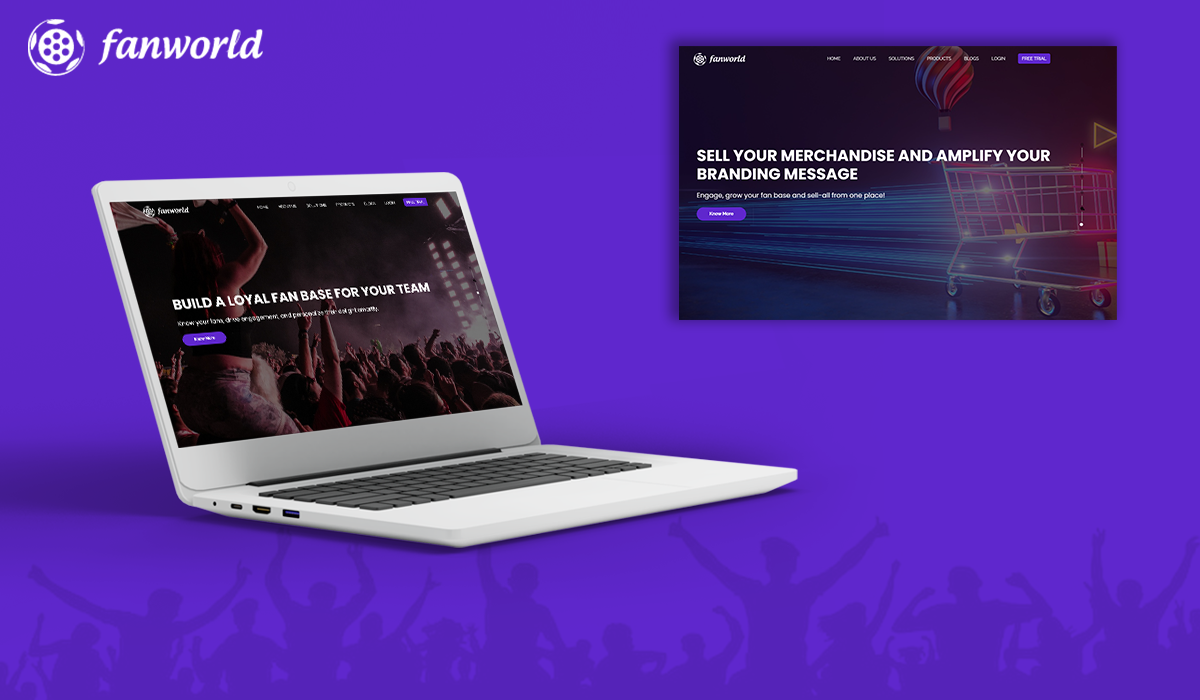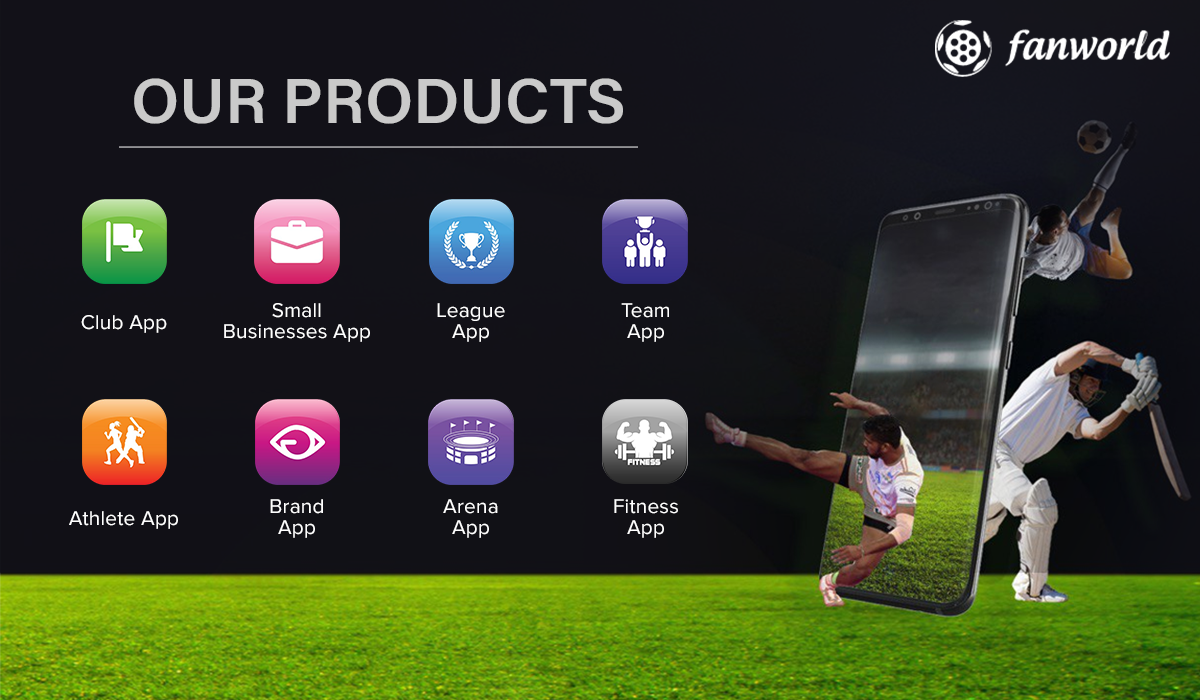A few years ago, sports endorsements or sponsorships centered on naming rights, logos and signages in the stadiums. Brands paid big money to become the official partner of a major league or world event. Digital has changed all of it and now it’s a whole new ballgame. Leagues and clubs will need a completely new business strategy to win the digital game.
Market research agency Nielsen estimates that companies spend about $600 billion on advertising across various media platforms, including print, TV, magazine, radio and the Internet. Sponsorships do not come under advertising. Brands spend $50 billion annually on sponsorships. While advertising is growing at 3% per annum sponsorship growth rate is 4%.
Today sponsorship activities have gone high-tech, leveraging interactive content, mobile apps, websites, social media and digital platforms. According to a report by Deloitte, to take advantage of the opportunities unlocked by digital technology, the sports industry has to embed digital in every aspect of its busines and transform its people and processes. So, if you’re a sports club or a league owner and are looking for big brand partnerships and sports endorsements then you need to put digital at the core of your strategy.
Why Clubs & Leagues Should Leverage Digital?
1.Falling Ticket Sales and Empty Stadiums: A study by usatoday.com highlights that the NFL, NBA, NHL, and MLB leagues are seeing a decline in a total attendance of sports fans from 2008 to 2018. Fans are not attending sports events in person due to high ticket prices, with attendance in some leagues declining by more than a third over the period. The situation is exacerbated by the COVID-19 pandemic with most matches being played behind closed doors.
2.Arrival of Digital Fans: In the digital world, we’re also witnessing the emergence of digital fans. These are people who want more than a good game. The hyper-connected digital fans want more engagement and better experiences in watching the game. They want to watch the game on their mobile phone or a PC or on TV from anywhere. Even if they go to a stadium to watch a game, they want to digitally connect with other fans and expect an enhanced sport watching experience converging the offline and online worlds
3.New Commercial Opportunities: Digital technologies have opened up new growth opportunities and revenue streams for leagues and clubs. Today most leagues also earn from digital streaming rights in addition to TV broadcasting rights. Then leagues partner with gaming companies to launch Fantasy sports games. The NFL and Amazon have entered into a multi-year partnership wherein Amazon got the exclusive rights to live stream “Thursday Night Football” across the globe. Amazon Prime Video and Twitch will digitally stream the 11 “Thursday Night Football” games to over 150 million Prime members worldwide.

Increase RoI with Digital
Digital spend is expected to drive more RoI. Brands can cultivate a digital fan base cost-effectively. Companies are focusing on micro-targeting fans by audience location and interests on social platforms, such as Facebook, YouTube, Twitter, and sports sites to deepen loyalty and drive revenues.
In addition, mobile offers a great opportunity for sports marketers to engage with fans, promote brands and drive sales. Mobile is the new vehicle for commercial and business engagement. According to research, 87% of the fans in the US use mobile as a second screen during a live match.
The beauty of digital space is the abundance of data that comes with it. Collect these data and analyze it to measure the performance parameters such as audience size, frequency of social posting, brand-related social posting and its frequency, clicks generated, likes generated, visits to the web page etc.
Currently, many brands are looking at athlete rankings based on the fan base and followers on social media. They can also analyze the response to their posts in the digital space. This will help them understand what to expect from a sports deal so that they can avoid costly contracts that may not generate the expected results.
It is important for leagues and clubs to cultivate online fan following to win large sponsorships. An athlete’s influence these days is directly proportional to their social media presence and fan base.
Nike for instance, signed a $1 billion lifetime endorsement deal with Cristiano Ronaldo in 2016. One of the major reasons for this is the return on investment. Ronaldo as a star adds a lot of value to the Nike brand. It was estimated that in 2016 alone Ronaldo’s massive social media presence generated $474 million in value for Nike. He wrote 329 posts across Facebook, Instagram and Twitter.
Ronaldo is the top followed person in the world on social media with over 375 million followers.
How Leagues & Clubs Can Win the Digital Game?
Thinking about how to make the most of the opportunities offered by digital technologies can be complex and overwhelming for some clubs. But they cannot afford to wait-and-see as refusing to embrace or wait for the right moment to seize the opportunities is no longer an option. Gemini Consulting & Services can be the right partner on your digital journey. From developing an app, helping you leverage AI & Machine Learning to engaging fans through Fanworld, our smart fan engagement platform, we can help you at every step. We offer custom-made mobile apps for leagues, clubs and athletes to enhance their fan engagement online. Click here to know more about our services.

Here are a few considerations for them to start with.
- Think Digital as a Strategy: Many clubs and leagues start by thinking of digital as a technology that is not the right approach. Digital is a strategy and needs to be put at the core of your overall strategy. Websites, apps and social media are tools or mediums but adopting digital as a strategy is more than that. You need to build a website, a mobile app, maybe a game etc., but you should first start with a strategy and tie everything to it.
- Build a Holistic Fan View: Getting a few data points on the age, location and income of your fans will no longer work. You need to dig deeper to understand your fans who are expecting a personalized experience. Your fans interact with your club on multiple occasions, through different channels and devices. He watches live matches in the stadium or TV, streams videos on his phone, and consumes all the news on his club and its players. You need to understand him/her holistically to meet his expectations. And data analytics and data science technologies can be your partners in getting a 360-degree view of your fans.
- High-Quality Fan Experience: Your digital fans will not settle for the less but the best. Fan experience is key to getting more fans and is directly linked to the value of your sports endorsements. To succeed in engaging the new digital fan, leagues and clubs will need to be agile, and not afraid to experiment. Digital offers transformational opportunities to attract and engage with a new generation of fans. Content would be key for success in fan engagement and experience and here the sky is the limit. You need to regularly produce and distribute high quality content. And there are no off-seasons here.
The key to success for your league and club in the digital age will be agility, innovation, and willingness to try new technologies as they come.



